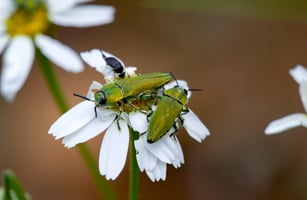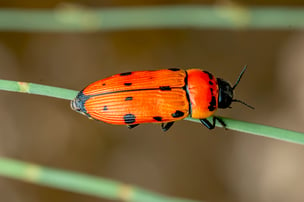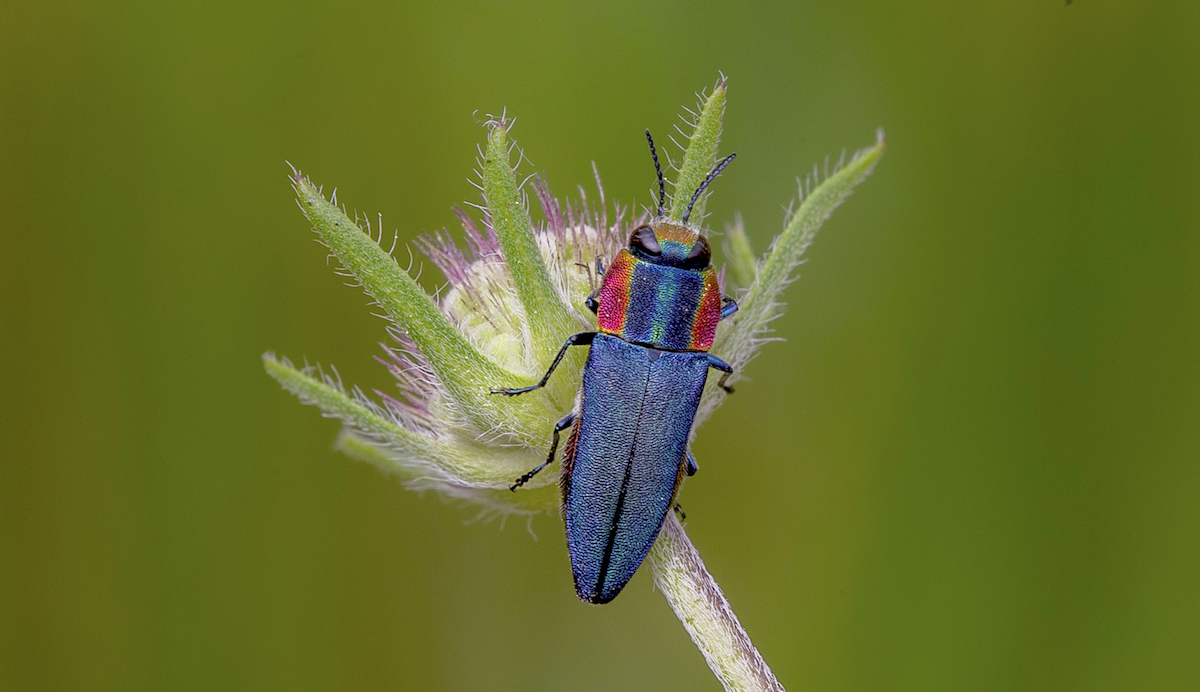The Valencian Government has just called on experts and fans to participate in a data collection campaign aimed at analysing the geographical distribution and biodiversity of buprestid beetles, species of easily identifiable phytophagous beetles in the Valencian territory. The UV Museum of Natural History and the Valencian Government’s Wildlife Service have established the keys to identifying those most characteristic and emblematic. The campaign will be operational until October 31, 2021.
The Biodiversity Data Bank (BDB) of the Valencian Community contains records on the geographical distribution of more than 20,400 wild species. The platform is nourished by the work of technicians, environmental agents, teachers, researchers and, increasingly, amateurs willing to make their knowledge available to the public.
Periodically, the BDB organises data collection campaigns for certain groups of flora and fauna, as a spur to inventory the Valencian biodiversity and promote its knowledge.
Within this dynamic, the Valencian Government, through the BDB, has made a new call for the collaboration of experts and amateurs for the identification, on this occasion, of buprestid beetles (Coleoptera: Buprestidae), a group of coleopterans easily detectable in the field and known as ‘jewel beetles’, since they often present showy and iridescent colours.
The Museum of Natural History of the University of Valencia (MUVHN) and the Wildlife Service of the Valencian Government have developed a visual identification guide for buprestids, which is added to the BDB Series of Identification Keys of the Valencian Fauna and that can be downloaded from the websites of both entities.
The guide provides information on this group of insects, on biology, habitat, or periods of activity, among other factors; it indicates the degree of difficulty for the detection of specimens and is accompanied by photographic plates that illustrate in detail the most characteristic species, which allows visual identification in nature.
The new visual cues are incorporated into an existing set that encompasses groups as varied as amphibians, plants or molluscs. Regarding insects, certain identification tools are already accessible, also developed by the MUVHN, such as those that allow differentiating the exotic Asian wasp from the more common autochthonous species.


Anthaxia hungarica (left) and Buprestis sanguinea


